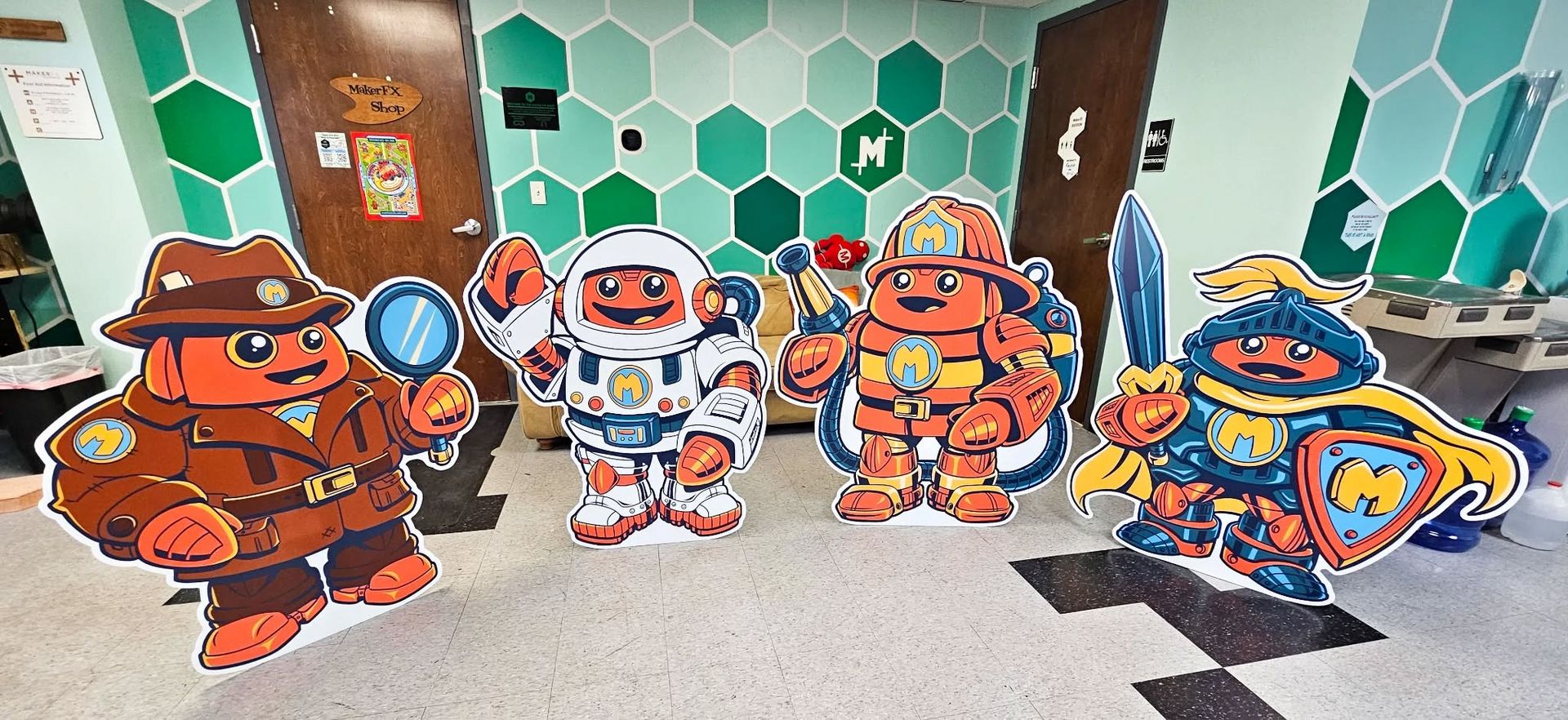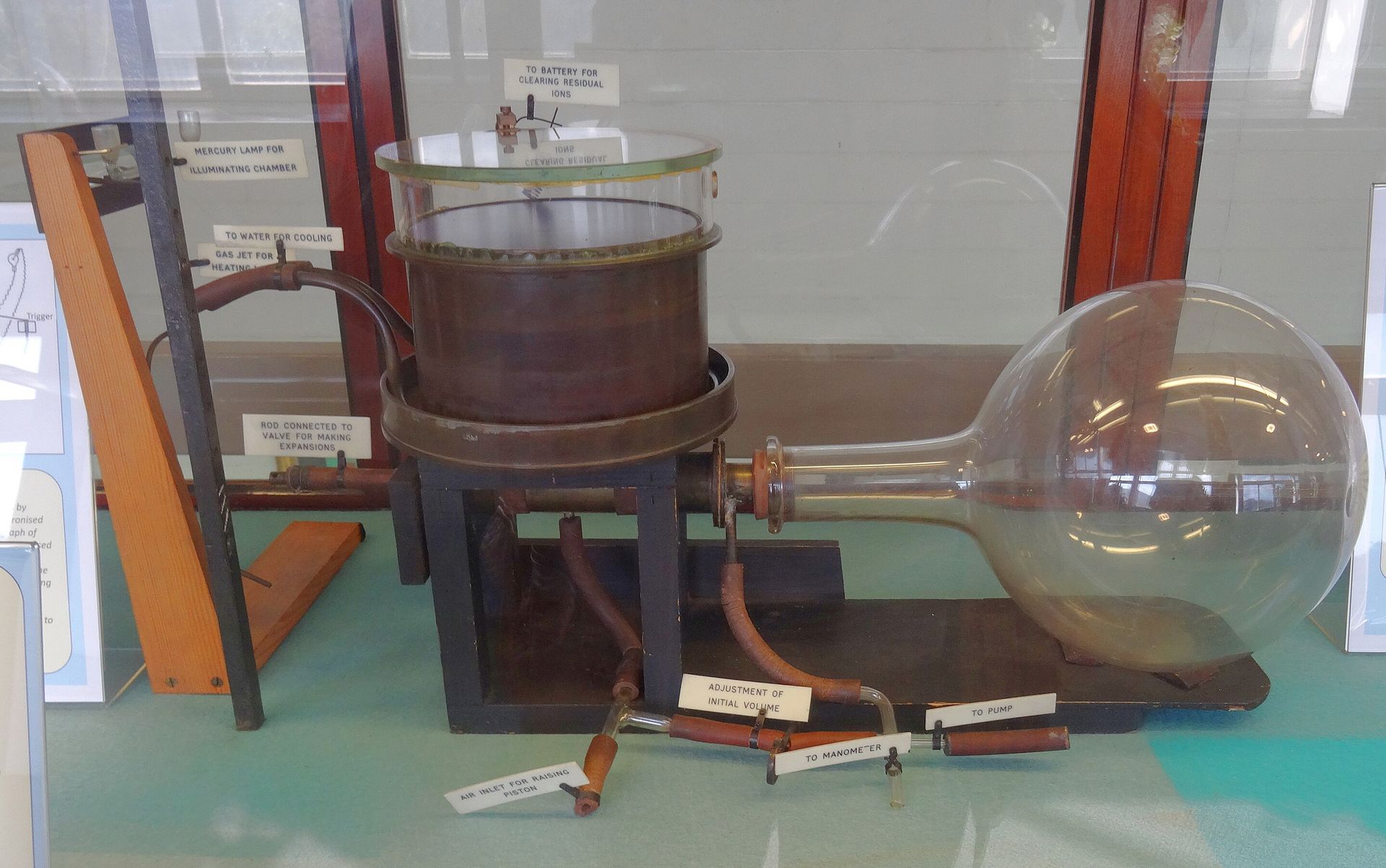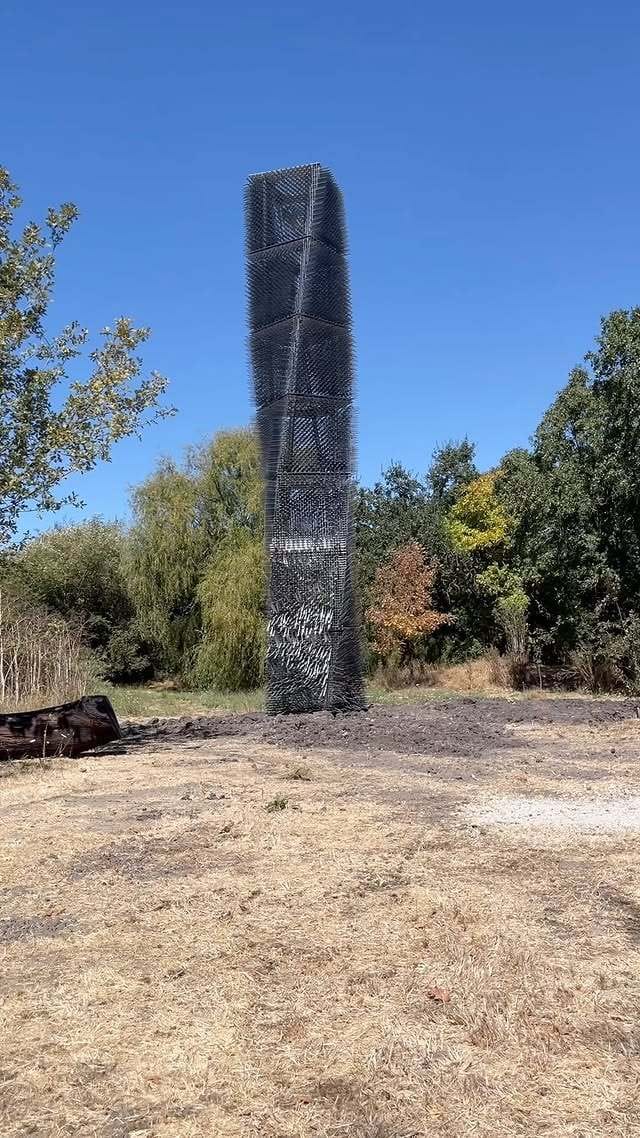- Make Things
- Posts
- Cosmic Rays
Cosmic Rays
Making the invisible visible
Happy Halloween. No ghouls or goblins here. We do feature Goofy, Poofy Inflatable Costumes on makezine.com if you’re curious.
Table of Contents
The other Oppenheimer
This week, I went to a local event where artist Ned Kahn was talking about the other Oppenheimer, Frank, the founder of the Exploratorium in San Francisco who was also his mentor. Kahn believes that Frank should have his own movie and he laid out the basic idea for a script based on Oppenheimer’s primary scientific interest: cosmic rays.
Frank Oppenheimer worked on the Manhattan Project at Los Alamos with his brother, J. Robert. His contribution was figuring out how to turn uranium into a gas in a centrifuge, which was essential for it to be used as fuel. Kahn showed a picture of the team at Los Alamos standing around the small pit made by a nuclear explosion, the day after it went off, somewhat unaware of the dangers of radiation. He said they often carried uranium in their pockets to stay warm. Oppenheimer died of several types of cancer at age 72.
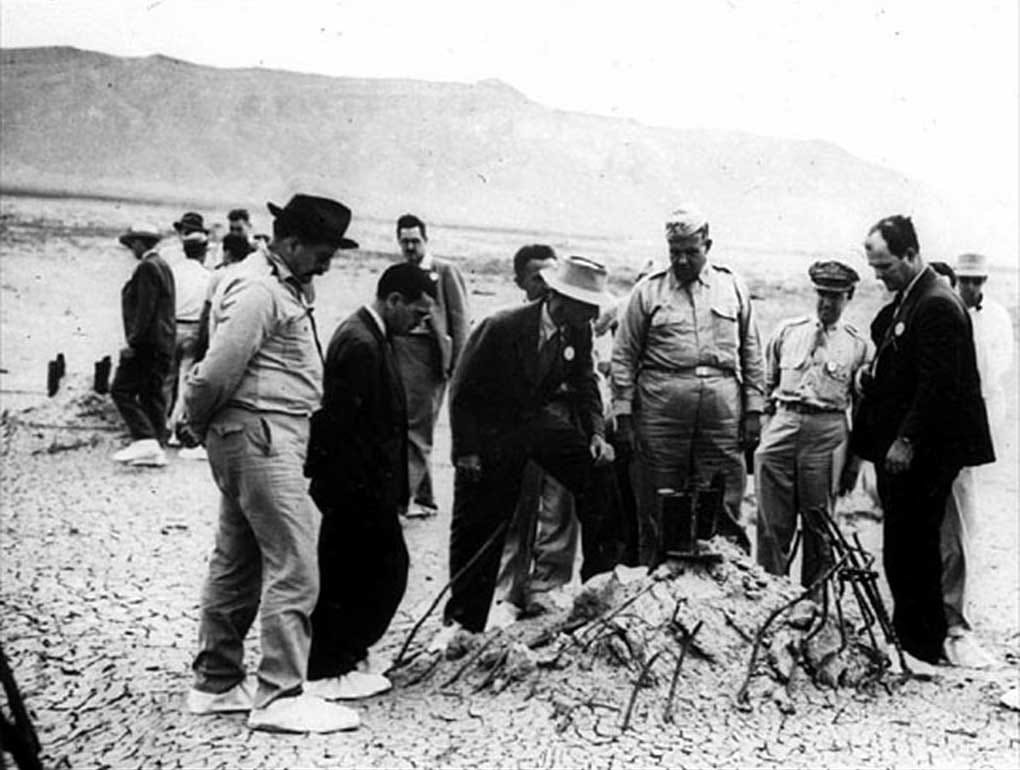
J. Robert Oppenheimer and others standing around the pit on the day after the explosion. (Source: AtomicArchive.com)
After the war, Frank Oppenheimer set off to study cosmic rays, which were discovered by accident by Scottish physicist Charles Wilson in 1911. Interested in weather, Wilson built a device to create a cloud in the laboratory — now known as a cloud chamber — and he noticed streaks running through the clouds that formed. He thought he made a mistake and rebuilt the device, but he kept finding these streaks.
These cosmic rays were detected more easily at higher elevations, such as on top of mountains. At the University of Minnesota, Oppenheimer built a cloud chamber that he could send aloft in a balloon. Most of Kahn’s story was about the difficulty of doing this experiment on land. The cloud chamber used a bed of super-saturated alcohol and it could easily catch fire, as it did sometimes when it crashed back on earth. Eventually, he tried launching the balloon at sea from the deck of an aircraft carrier, which is the material that Kahn thought would make a good movie with a hurricane and balloon landing in the remotest jungle on the island of Cuba.
Kahn said that Oppenheimer came up with the idea that the source of cosmic rays was the explosion of stars. These particles invisibly course through our own bodies, and come from events that happened maybe millions of years ago.
Oppenheimer built a cloud chamber at the Exploratorium, and Kahn remembers just staring at it for ages. In many ways, the exhibit reflects Oppenheimer’s interest in making the invisible visible, which Kahn has reflected in his own kinetic sculptures, some of which are activated by wind.
Here’s Ned Kahn’s Sebastopol Spire installed in 2024.
The Cosmic Onion
Here’s an example of a cloud chamber from the recording of lectures from 1993 by Frank Close called “The Cosmic Onion.” Close called the cloud chamber “one of the great inventions” of the 20th century. The device in this demonstration is using an alpha-particle emitter that generates subatomic particles, and the traces can be seen in the mist.
Cloud chamber how-to’s in Make: magazine
Dr. Shawn Carlson, who was the last person to write the Amateur Scientist column for Scientific American magazine, wrote a how-to article in Make: volume 9 for building a cloud chamber from a basketball case using alcohol and dry ice. He starts his article with:
Hold out your palm, face up. In the time it takes you to read this sentence, two high-energy subatomic particles will likely have pierced clean through your hand.
Then he explains the phenomena:
These particles make their presence felt by ionization — that is, ripping electrons away from their atoms. Since atomic electrons are electrically charged, they interact with all other charged particles (e.g., other electrons, protons, helium nuclei, and so on), and so any of these, when sent screaming through space, becomes a type of ionizing radiation. In addition to charged particles, some photons, such as X-rays and gamma rays, also have enough oomph to whack electrons out of their atomic orbitals and so they, too, make the list.
Much of the radiation around us comes from nuclei in the soil and the air that have too much energy to be stable; they shed their excess by expelling elementary particles. But most of the damaging corpuscles have their origins deep in outer space where pulsars, supernovae, and even stranger cosmic players accelerate elementary particles to fantastic energies and hurl them out into the cosmos. After perhaps 100,000 years of silently streaking between the stars, some of these tiny wanderers end their existence when they strike the nucleus of an atom in the air high over our heads, and explode.
Since energy and mass are two sides of the same coin, some of the enormous kinetic energy these particles often carry instantly converts into wholly new particles, sometimes thousands of them, that shower down toward Earth. Most of these new particles interact with still more atomic nuclei and quickly range out — never reaching the ground.
But one exotic species, the muon, does not feel the nuclear force. As a result, muons do not get absorbed in the air. Most survive to reach Earth’s surface where they fall from the sky in all directions as a steady spray of subatomic machine gun bullets that we call “cosmic rays.”
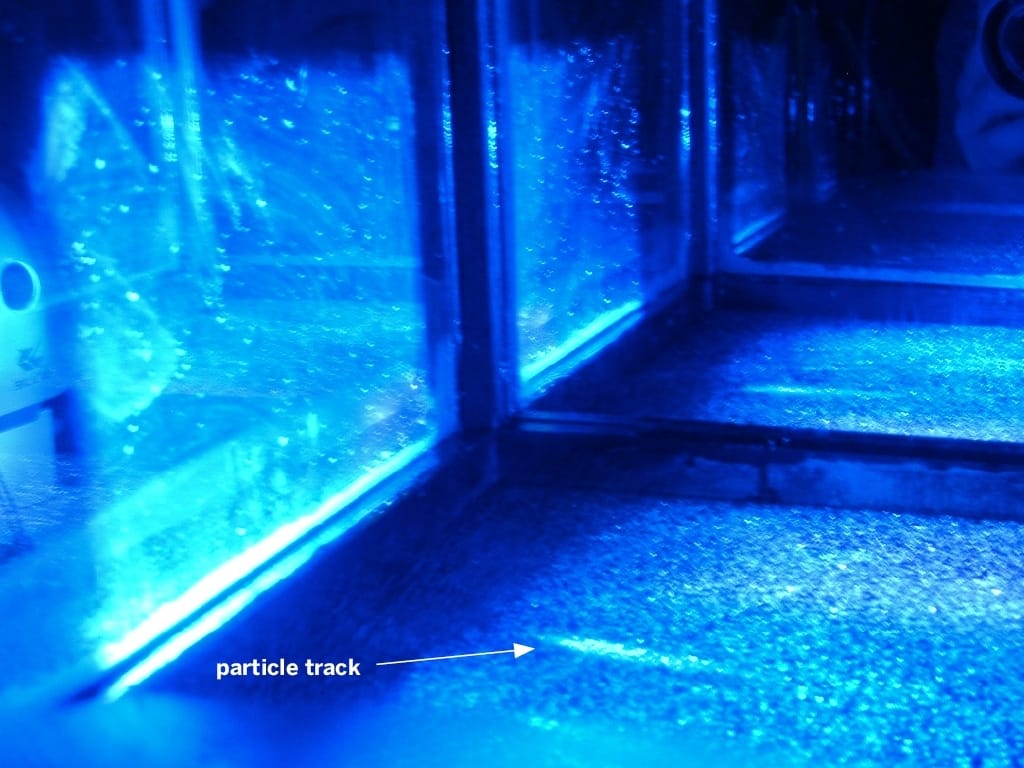
The “wispy tell-tale tracks” show up
If you’re looking for a simpler version of a cloud chamber, check out our 123 - Cosmic Ray Detector, which was written by father-daughter team Kranti Gunthoti & Samantha Kranthijanya. This cloud chamber uses a plastic cup as the container.
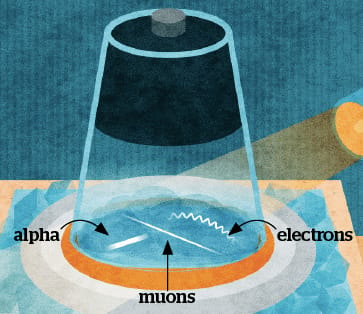
Different particle trail types you can see:
Thin and long tracks are muons, originating from cosmic rays
Thick, small tracks are alpha particles, caused by radon atoms in the atmosphere — not related to cosmic rays
Wiggly tracks are low-energy electrons experiencing multiple scattering
FreeCAD runs on Arduino UNO Q
In a blog post on the FreeCAD website, the open-source software is now running on the Arduino UNO Q. Make: Editor David Gloom had this to say about it:
While Arduino may intend the new $44 UNO Q to be used primarily with their App Lab software, the fact is that it’s a fully-fledged single-board computer, and thus capable of running all manner of applications (at least, within its current 2GB limit). The FreeCAD team were quick to avail themselves of this opportunity, and have been demonstrating the running of their open-source software on the $44 SBC. While this is certainly a cool demo, keep in mind that the performance is likely more in line with a Raspberry Pi 3 than the latest SBC from Cambridge, so power users might want to think about the new 16GB 500+ when exploring CAD workstation options.
Make: Volume 95 Launch Party
Make: Volume 95, our boards issue, should be in your hands by now. We take a deep dive into the hottest embedded development and tiny computing boards! From the Arduino UNO Q to the Raspberry 500+ and everything in between, we analyze them all. Plus, connect off-grid with Meshtastic, and build the University of Michigan's wheeled robot, MBot.
Meet the makers and talk with those who contributed to this issue at our Volume 95 Launch party. Register now to join our editors and a panel of makers next Thursday November 6 at 7pm ET / 4PM PT.
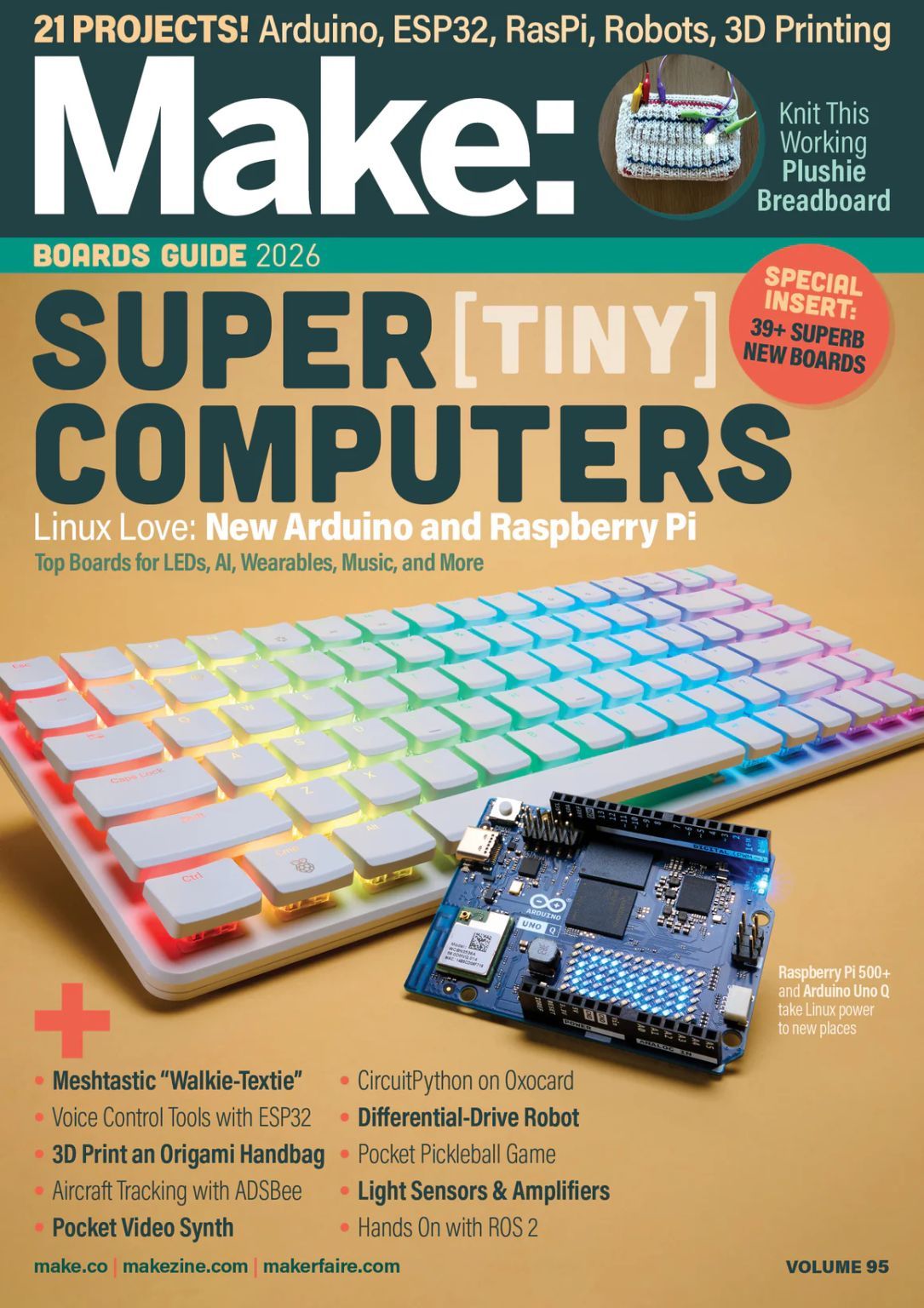
Make Things is a weekly newsletter for the Maker community from Make:. This newsletter lives on the web at makethings.make.co
